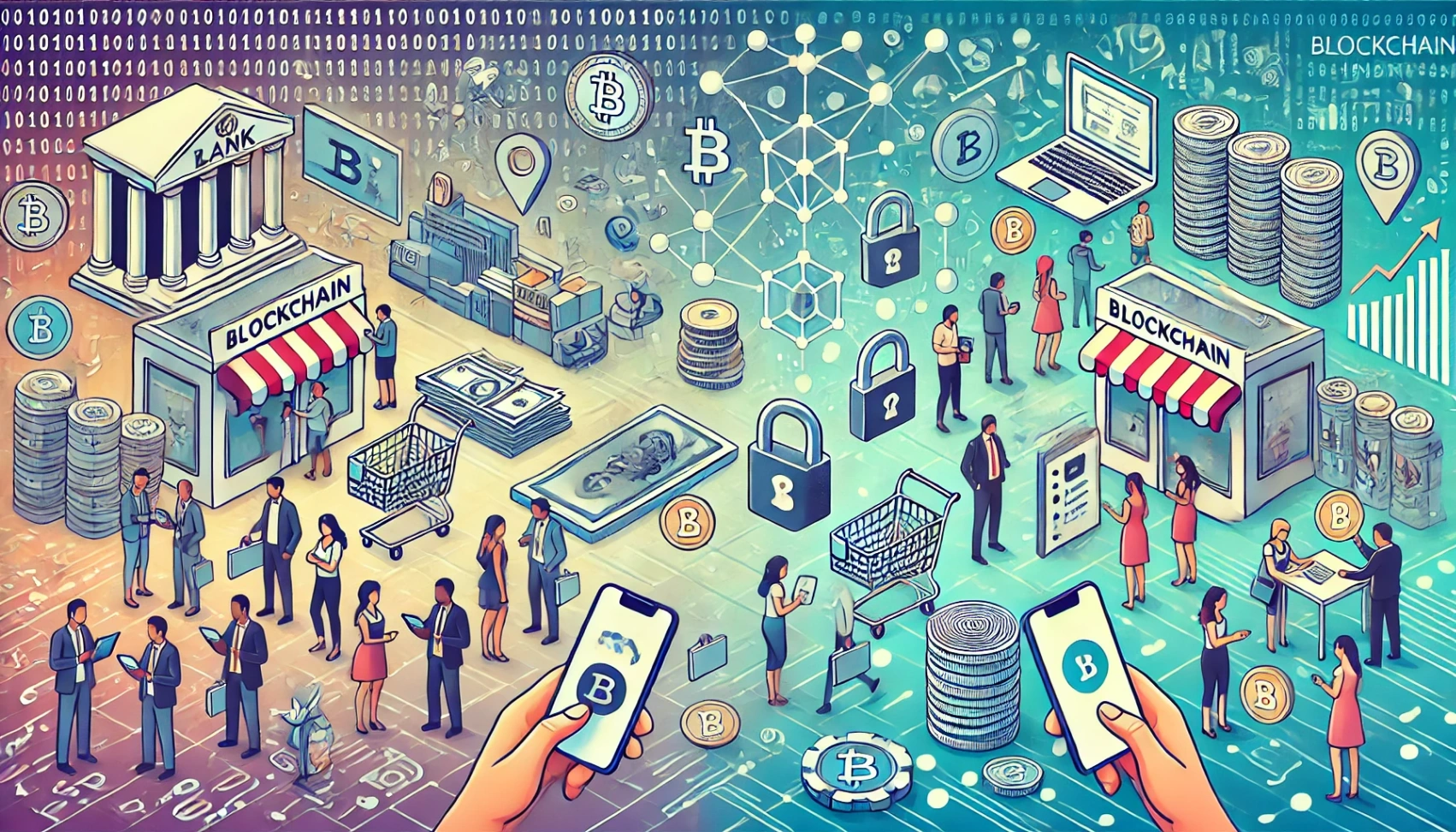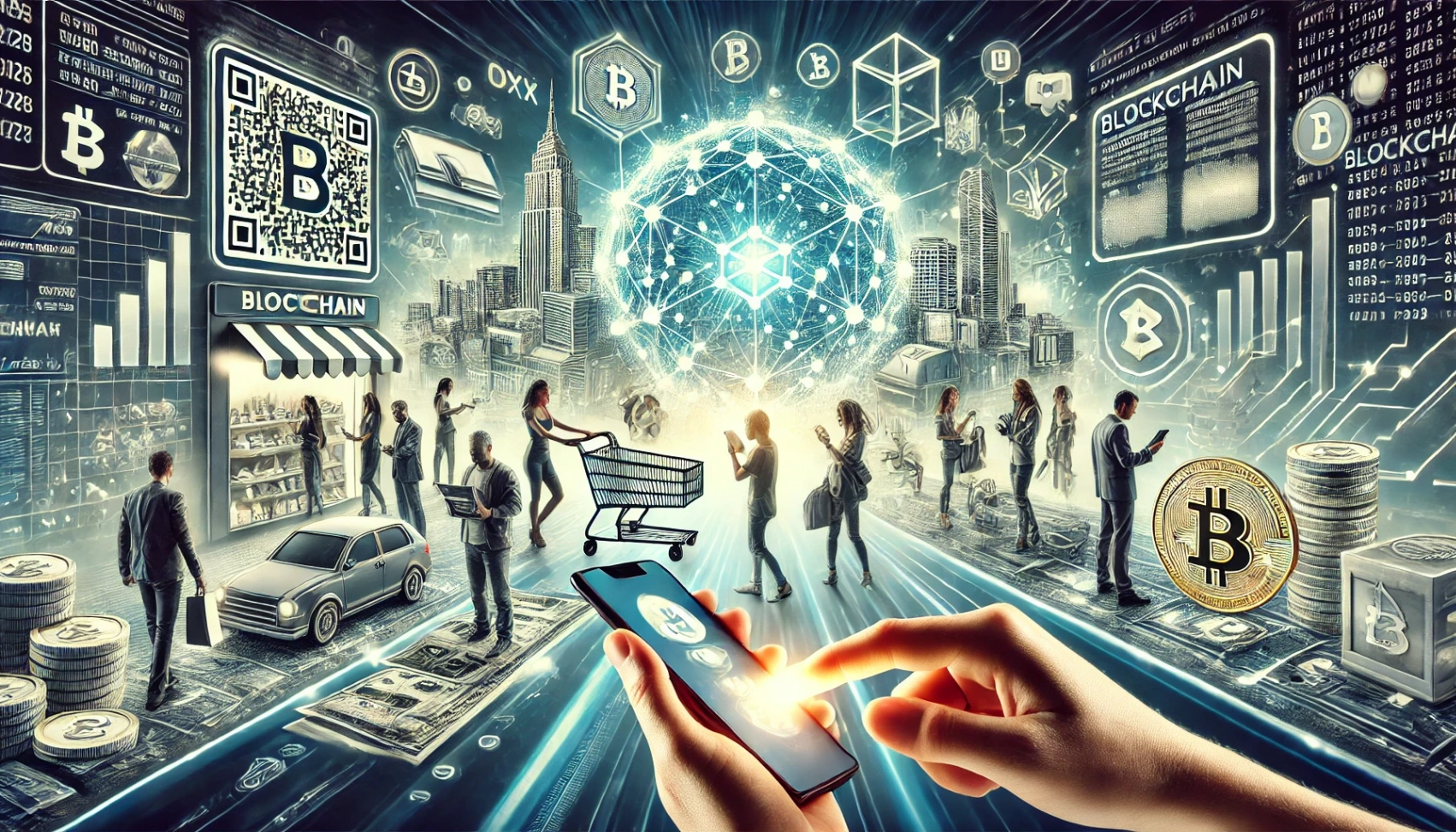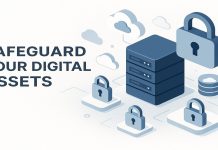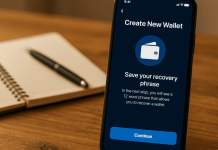Blockchain technology, originally designed as the underlying system for crypto like Bitcoin, has evolved into a groundbreaking solution.
Its decentralized, secure, and transparent nature is disrupting traditional finance, also reshaping industries such as retail, logistics, healthcare, and digital identity.
As adoption spreads, the impact of blockchain is increasingly felt in the way we buy, verify, and interact in everyday life.
What Is Blockchain and Why Does It Matter
Blockchain is a distributed digital ledger that records transactions across multiple computers in a way that ensures the data cannot be altered retroactively.
Each transaction is verified and added to a block, which is then linked to the previous block, forming a secure and chronological chain.
This process removes the need for centralized authorities, making transactions faster, cheaper, and more resistant to fraud.
The World Economic Forum notes that blockchain’s immutability and transparency make it ideal for verifying transactions and managing digital trust (WEF).
Main Blockchains
Here’s a list of the main blockchains that are widely recognized and used across various industries:
- Bitcoin (BTC): Digital currency, store of value. Proof of Work (PoW). First and most secure blockchain for peer-to-peer value transfer.
- Ethereum (ETH): Smart contracts, decentralized applications (dApps). Proof of Stake (PoS) – Ethereum 2.0. Leading platform for DeFi, NFTs, and token creation (ERC-20, ERC-721).
- Binance Smart Chain (BNB Chain): Fast and cheap transactions for dApps and DeFi. Proof of Staked Authority (PoSA). Ethereum-compatible, lower fees, large DeFi ecosystem.
- Solana (SOL): High-speed dApps, DeFi, and NFTs. Proof of History (PoH) + Proof of Stake. Extremely fast and scalable (thousands of transactions per second)
- Cardano (ADA): Sustainable and research-driven smart contracts. Ouroboros PoS (Proof of Stake). Academic peer-reviewed development, focus on scalability and security.
- Polygon (MATIC): Ethereum layer 2 scaling. Fast, low-cost transactions while staying connected to Ethereum.
- Avalanche (AVAX): Smart contracts, DeFi, enterprise blockchain. Avalanche consensus protocol. Subnet feature for custom blockchains, high throughput.

From Cryptocurrencies to Daily Use
While blockchain rose to fame through Bitcoin and Ethereum, its utility has outgrown the crypto markets.
Today, it’s powering smart contracts, digital identity systems, loyalty programs, and even voting mechanisms.
A 2023 report by Deloitte found that over 80% of global executives believe blockchain will be critical to their industries within five years.
This shift from niche innovation to widespread utility is already visible in consumer-facing applications.
Blockchain in Retail and Payments
Retail is one of the most immediate areas where blockchain is transforming transactions.
Blockchain-backed payment systems allow for near-instant settlements, reduced fees, and increased security compared to traditional credit and debit systems.
- Starbucks allows customers to reload their cards using Bitcoin via the Bakkt app, demonstrating how digital currencies can integrate seamlessly into retail purchases.
- Visa, one of the world’s largest payment processors, has partnered with companies like Circle and Bridge to issue stablecoin-backed payment cards, allowing everyday transactions using USDC in countries such as Argentina and Colombia.
These implementations reduce currency exchange fees, particularly for cross-border transactions, and allow users to pay in digital currencies.
Blockchain for Identity and Authentication
Managing identity securely is one of the biggest challenges in the digital world.
Blockchain offers a solution through self-sovereign identity, where individuals control and share their credentials without relying on a central database.
These innovations are already improving KYC (Know Your Customer) procedures in banks, enabling faster, safer onboarding with minimal paperwork and fraud risk.
Applications
Estonia, a global leader in e-government, uses blockchain to power its e-Residency program, allowing citizens and non-citizens alike to create secure digital identities.
Microsoft’s ION project runs on the Bitcoin network and offers decentralized identifiers (DIDs).
These DIDs can be used for anything from signing into accounts to verifying diplomas without exposing sensitive data (Microsoft ION).
Smart Contracts and Automation in Everyday Agreements
Smart contracts are automated agreements that execute when specific conditions are met.
Built into blockchain platforms like Ethereum, they enable transactions without intermediaries, reducing cost and increasing speed.
Examples of real-world use:
- Real estate deals, where escrow funds and ownership transfers occur automatically when terms are fulfilled.
- Freelancing platforms like Ethlance and Braintrust, where workers are paid automatically when milestones are verified.
- Insurance companies are exploring parametric insurance — for example, farmers getting automatic payouts if satellite data confirms drought conditions.
- According to ConsenSys, smart contracts have the potential to disrupt over $3 trillion worth of contract-driven industries.
Supply Chain Transparency and Consumer Trust
Supply chains are often opaque and prone to fraud, counterfeiting, or inefficiencies.
Blockchain provides an immutable trail of information, improving accountability and traceability.
Walmart uses blockchain to trace food products like mangoes and leafy greens. Their pilot program reduced traceability times from 7 days to 2.2 seconds.
The global market for blockchain in supply chain was valued at $262 million in 2021 and is projected to reach over $14 billion by 2028.

Challenges to Widespread Adoption
Despite its promise, blockchain adoption faces several roadblocks:
- Scalability: Public blockchains can process fewer transactions per second than traditional systems like Visa or Mastercard.
- Energy use: Some networks, particularly Bitcoin, have been criticized for high electricity consumption. However, newer networks (like Ethereum post-Merge) have moved to proof-of-stake, cutting energy use by over 99%.
- Regulatory uncertainty: Countries differ widely in how they approach blockchain regulation, especially concerning privacy and taxation.
- User experience: Wallets, private keys, and seed phrases can be confusing and risky for the average user.
Still, with rising corporate investment and government interest, many of these obstacles are being addressed.
Looking Ahead: Mainstream Blockchain Integration
Blockchain’s trajectory suggests that it will become a foundational layer of Web3, the next phase of the internet based on decentralized applications (dApps).
Potential future integrations include:
- Central Bank Digital Currencies (CBDCs): More than 130 countries are exploring or developing CBDCs (Atlantic Council Tracker).
- Decentralized voting systems to ensure fair elections
- Blockchain-based healthcare records for secure data sharing
- Tokenized real estate and fractional property ownership
Companies like IBM, Amazon Web Services, and JP Morgan are all heavily invested in blockchain solutions.
As infrastructure improves and more user-friendly tools are developed, blockchain could become as integral to modern life as the internet itself.
Conclusion
Blockchain is no longer just the engine behind cryptocurrency — it’s a transformative technology that’s reshaping how people pay, verify, and transact.
Whether you’re scanning a product’s origin, verifying your identity online, or sending money abroad, blockchain is increasingly part of the picture.
While challenges remain, its potential to enhance transparency, reduce costs, and build digital trust positions it as a critical component of the future economy.










